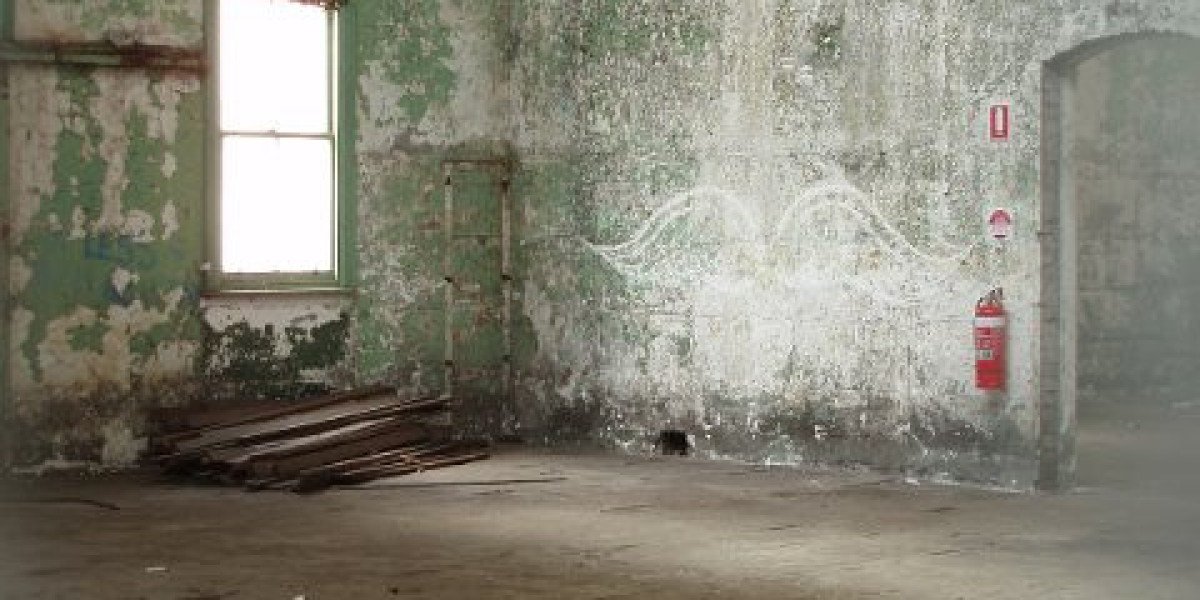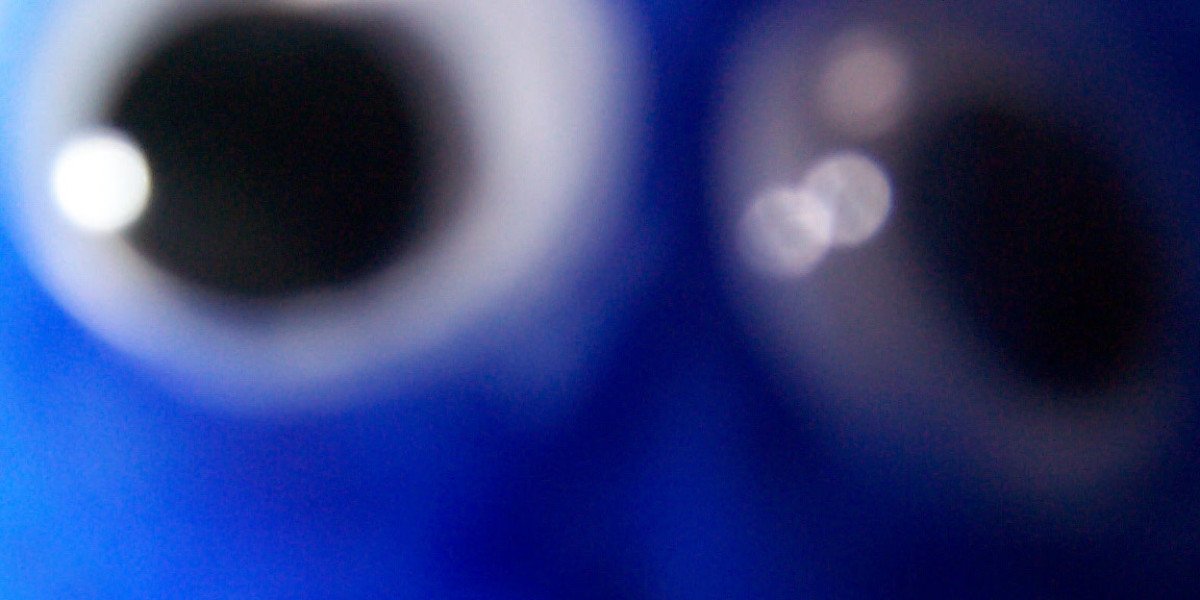Lightweight design and tougher service conditions are reshaping how fabrication teams choose filler metals, and Aluminum Welding Wire ER4943 often appears on engineers sideboards when strength and predictable weld behavior are required in demanding assemblies. Its chemistry and feed behavior give fabricators a practical bridge between joining ease and the mechanical demands of modern structures, which is why it has gained notice among procurement and shop leadership alike.
What makes this filler stand out begins with how it melts and fills a joint. A wire that flows evenly into a weld pool helps operators form consistent seams with less blending afterward. That smoother fill reduces finish labor and preserves thin section geometry, which matters when designers push for lighter panels and tight mating surfaces. In projects where appearance and dimensional control are both visible to end customers, lower finishing time adds up across many parts.
Mechanical behavior in the welded zone is another factor. A filler that contributes acceptable strength without introducing brittle zones reduces the chance of in service failures under vibration and cyclic loading. For structures that carry dynamic loads or that see repeated thermal cycles, that kind of predictability means fewer emergency repairs and steadier intervals between scheduled maintenance. Maintenance planners and fleet managers tend to favor materials that make their repair life easier to manage.
Corrosion resistance and post weld performance also influence material choice. When assemblies operate in coastal or urban environments, the weld metal chemistry affects how joints age and how they interact with coatings. Selecting a filler that aligns with the chosen surface treatment keeps the finished part looking right and performing for longer between interventions. That alignment between filler selection and finishing plans reduces touch up work and supports lifecycle thinking across procurement teams.
Process stability on the shop floor is a practical advantage. Wires that present steady feed behavior and coherent arc characteristics reduce setup time and operator variations. Those attributes are useful whether seams are being made by hand or by mechanized cells. When teams can reproduce a parameter set across shifts the result is more uniform parts and fewer surprises during scale up from prototype to regular production.
Qualification and supplier support are important pieces of the puzzle. In current supply discussions buyers value vendors who provide clear handling notes consistent packaging and small sample reels so that engineering teams can run validation welds in their own environment. That ability to test a wire in the exact fixtures and with the same finishing steps shortens qualification and reduces the chance of a production pause when a new batch enters the floor.
Field repairability is a quiet but real benefit. A filler that welds predictably under less than ideal conditions empowers repair crews to restore geometry and mechanical function without returning heavy parts to central shops. That advantage shows up in remote installations and in mobile fleets where downtime is costly. When maintenance teams can match a repair process to a known filler they work faster and with more confidence.
Heat input control remains a central technique to get the most from any filler. Welding parameters that maintain a steady puddle and that avoid excessive dilution help preserve expected joint properties. Practical shop habits like running representative test seams and logging the settings that produced acceptable results create a repeatable record that teams rely on when scaling up or troubleshooting.
Supply chain shifts and the drive to reduce material waste have made lifecycle costs more visible. Choosing a filler that reduces rework and that aligns with repair strategies lowers the total material flow through a program. Procurement and engineering that evaluate cost per acceptable part rather than unit price alone often find that predictable weld performance pays off across assembly runs.
Finally, testing under real conditions beats theoretical comparisons. Run a set of welds on sample panels that mimic your joint geometry apply the intended finishing treatment and inspect both the bead and the joint behavior after a controlled cooldown. That hands on evidence helps teams see whether a filler meets their mix of appearance strength and service goals before larger purchases are made.
If you are evaluating filler options for lighter structural parts or for assemblies that must balance finish with mechanical performance, review supplier notes packaging and sample availability to speed shop validation. Product details and practical guidance for a selection of aluminum filler wires can be viewed at the supplier resource pages on www.kunliwelding.com .







